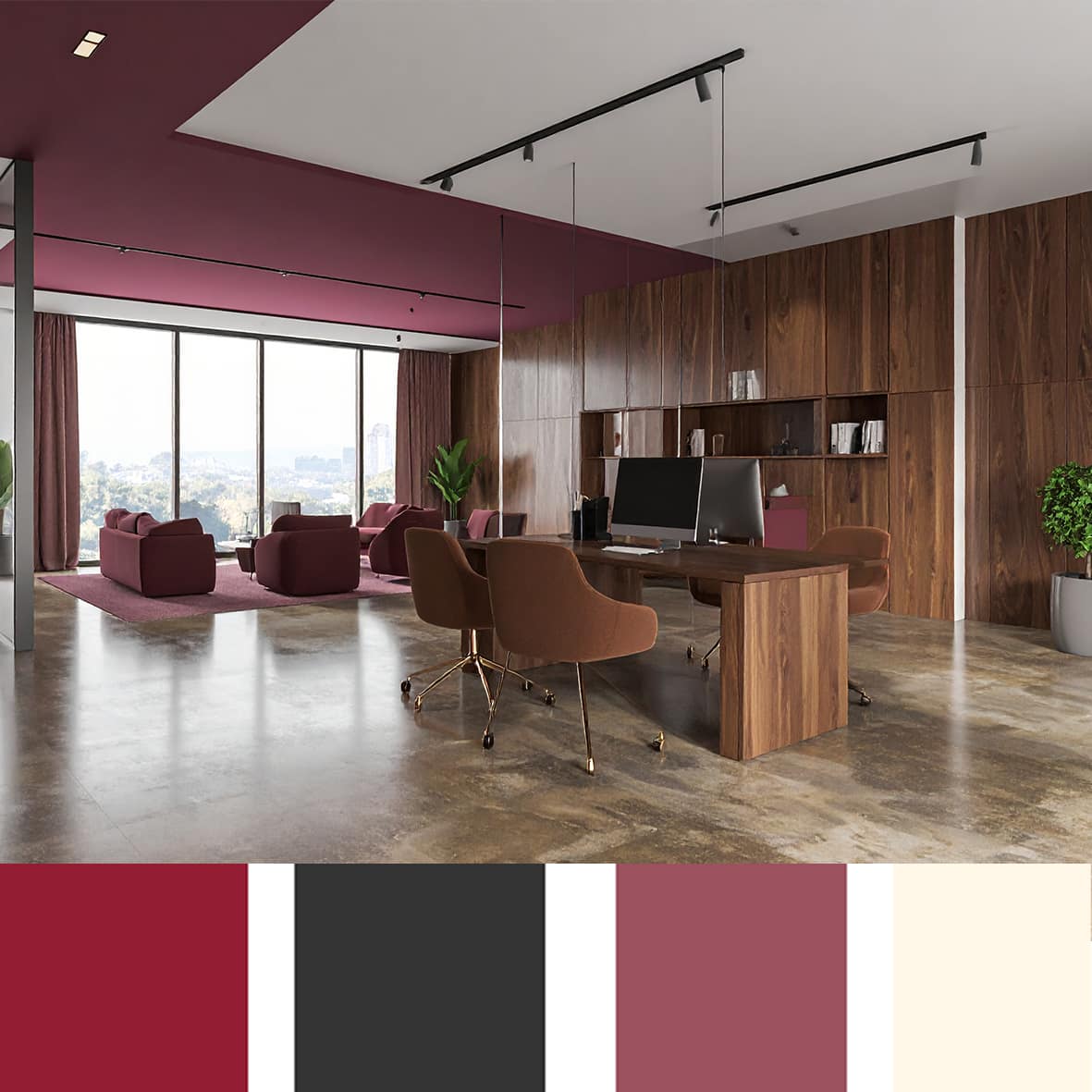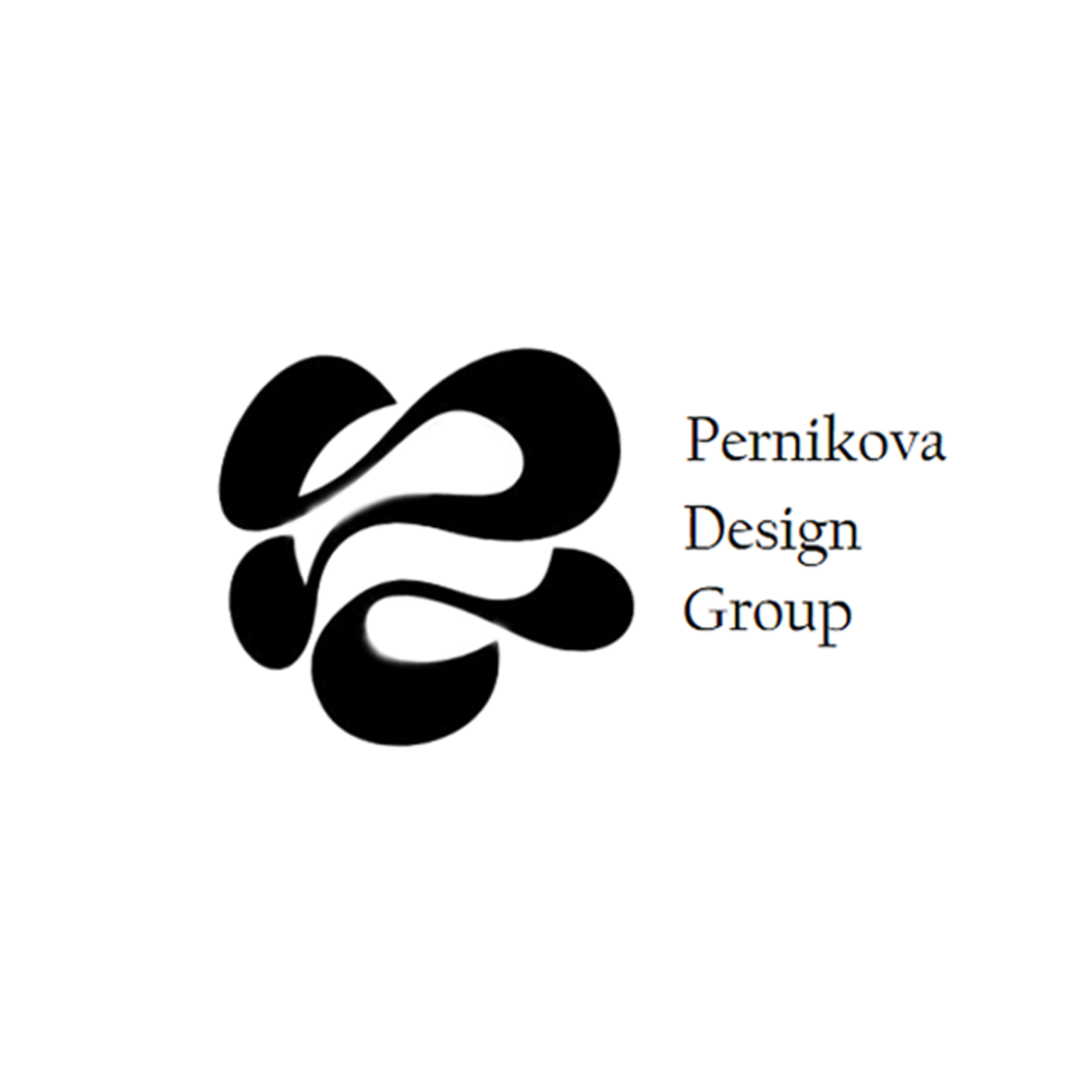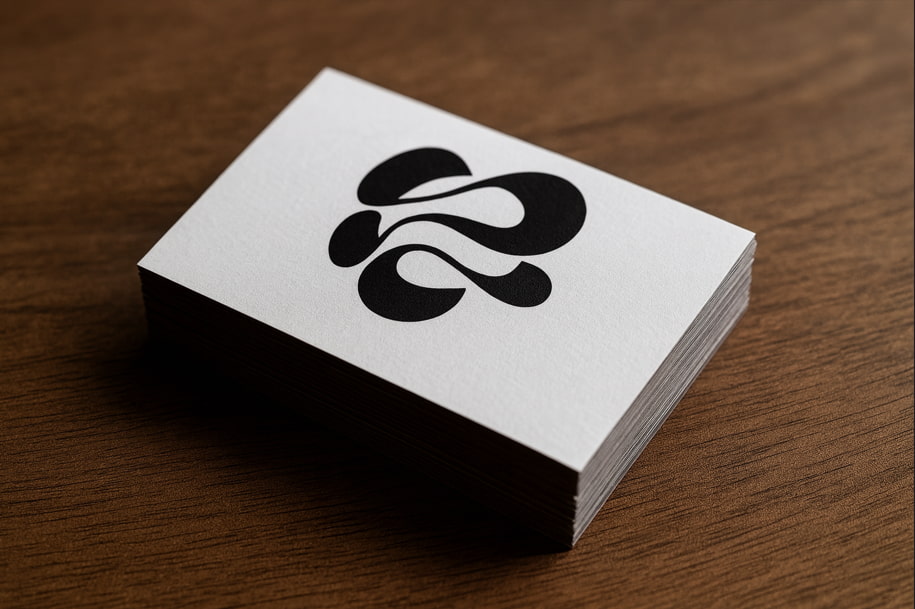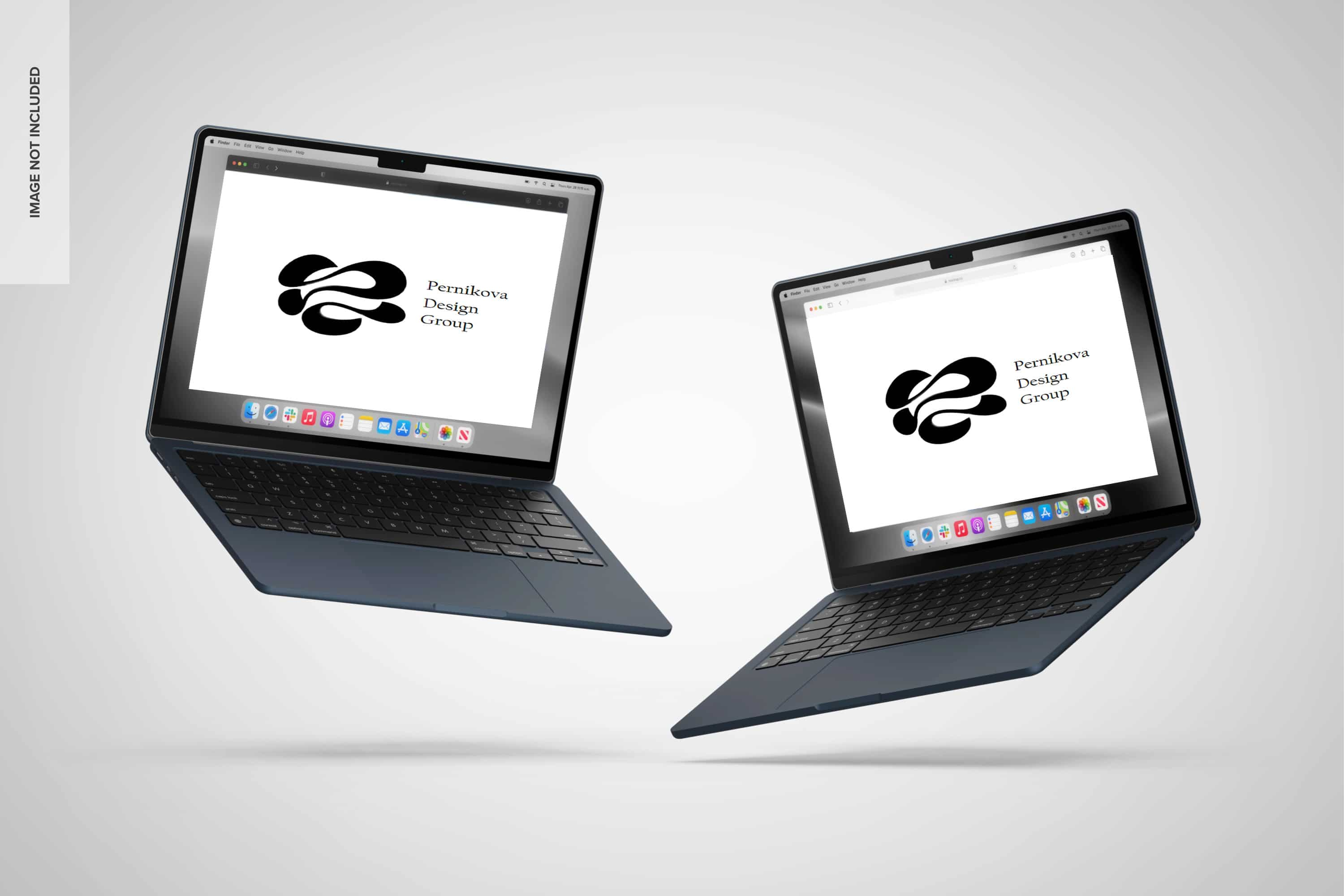More efficient and powerful
Flexbox has revolutionized web design by providing a more efficient and powerful method for creating complex, responsive layouts. Prior to Flexbox, developers had to rely on older techniques like floats or positioning, which often required hacks and workarounds to achieve even moderately complex layouts. These methods were cumbersome, especially when dealing with responsiveness or aligning items in both directions. With Flexbox, these challenges are addressed in a more intuitive and consistent way, reducing development time and increasing design flexibility across a wide range of devices.



